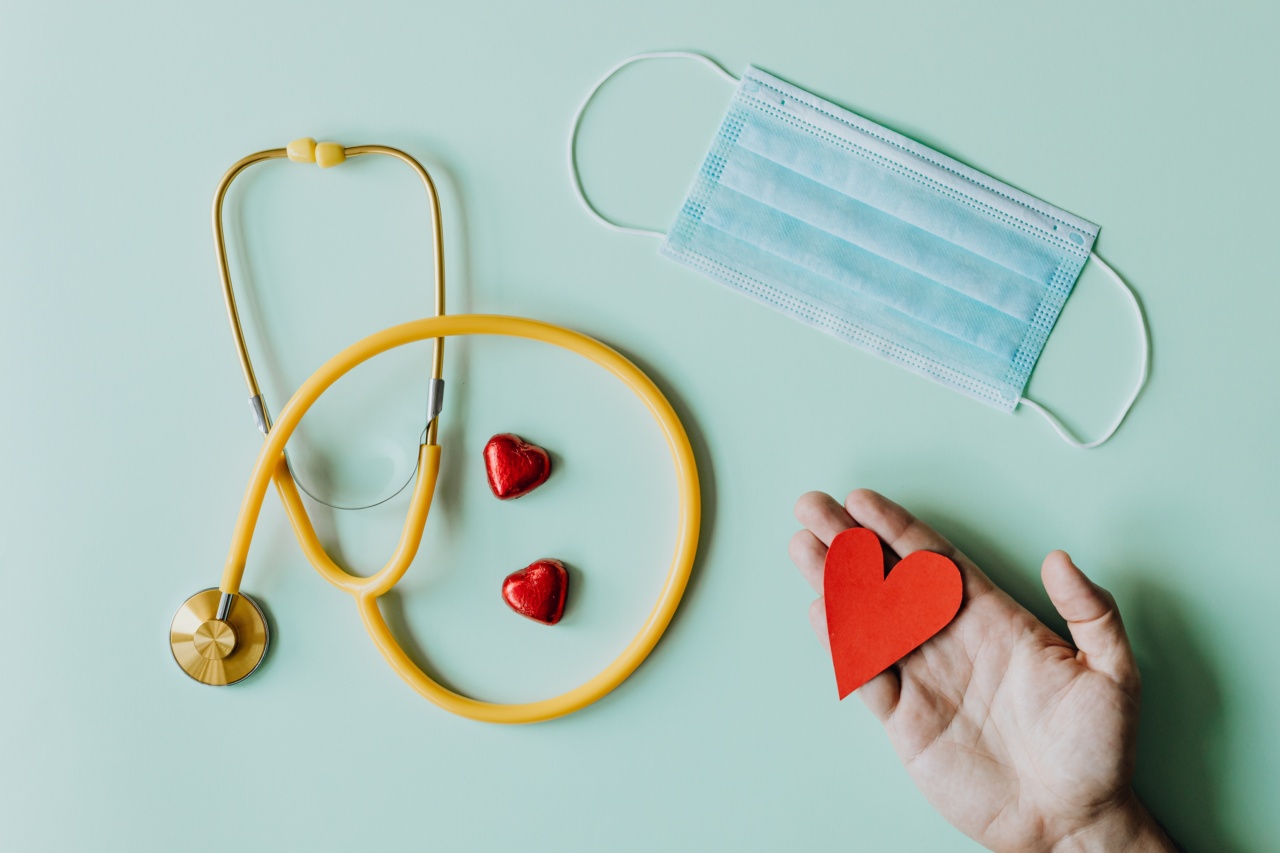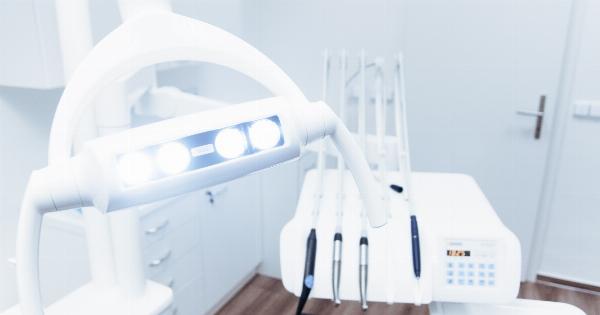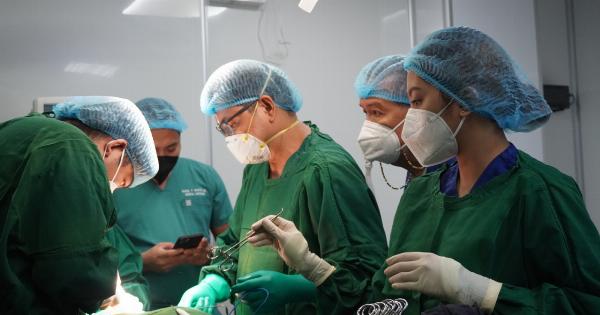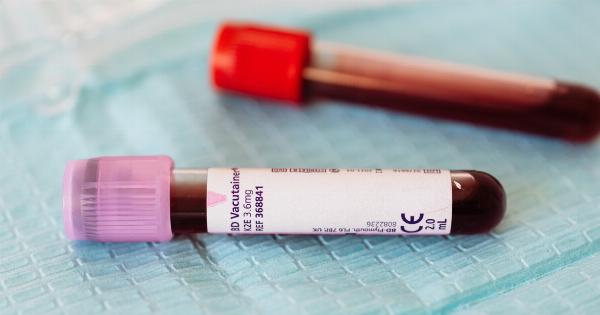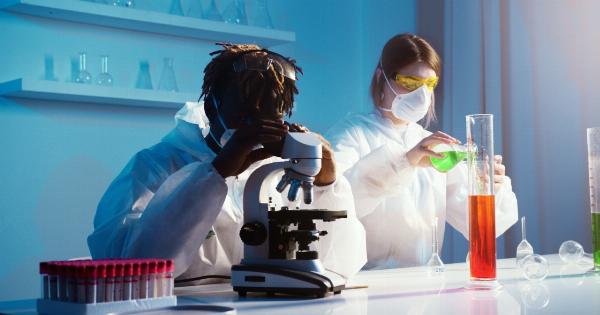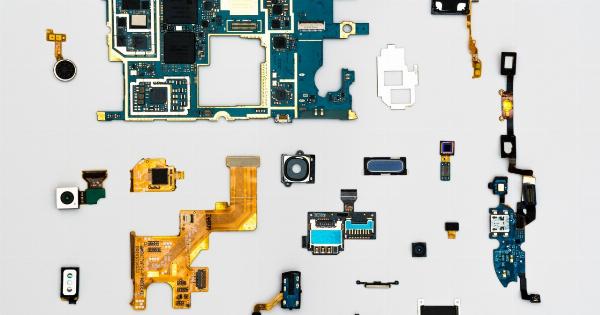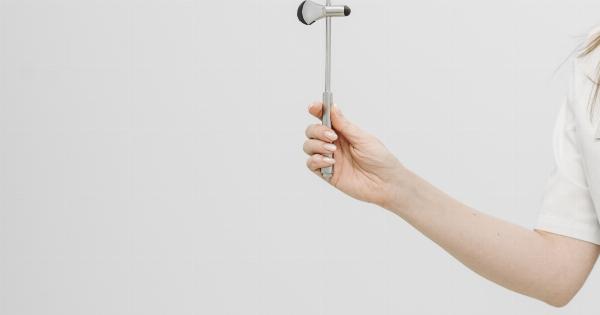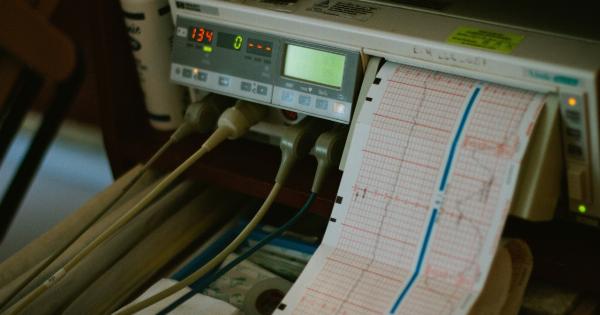Heart disease is one of the leading causes of death worldwide. Despite advances in treatment, many patients still face long-term complications and reduced quality of life.
However, a new technology called the extraordinary scalpel is offering hope for those with heart disease. This cutting-edge tool is revolutionizing cardiac surgery, allowing doctors to perform procedures with unprecedented precision and safety.
Here’s what you need to know about the extraordinary scalpel and its potential to change the face of heart disease treatment.
What is the Extraordinary Scalpel?
The extraordinary scalpel is a robotic surgical tool that uses advanced imaging and computer systems to perform complex surgical maneuvers with incredible accuracy.
It is a state-of-the-art device that allows doctors to operate with more precision and efficiency than ever before. Instead of relying on manual dexterity, the extraordinary scalpel uses artificial intelligence and specialized sensors to guide its movements, ensuring that surgeries are performed with the utmost care and precision.
How Does the Extraordinary Scalpel Work?
The extraordinary scalpel is designed to work in conjunction with advanced imaging systems such as MRI, CT scans, and ultrasound. This allows doctors to see the patient’s heart in real-time and plan their surgeries more accurately.
The extraordinary scalpel is then inserted into the patient’s body through a small incision. Once inside, it uses a variety of sensors to detect the position and movement of the patient’s heart.
The robotic arm of the extraordinary scalpel is then guided by a computer system that processes the data gathered by the sensors, allowing the surgeon to make precise incisions and perform delicate maneuvers with ease.
What are the Benefits of the Extraordinary Scalpel for Heart Disease Treatment?
The extraordinary scalpel offers a number of benefits for heart disease treatment. First and foremost, it allows surgeons to perform procedures with a much higher level of precision than is possible with manual instruments.
This can lead to better outcomes for patients, including fewer complications, reduced recovery time, and less discomfort. Additionally, the extraordinary scalpel is less invasive than traditional surgical approaches, which means that patients may be able to return to their normal activities more quickly.
Finally, the extraordinary scalpel is much safer than manual instruments, as it can detect and adjust to any irregularities in the patient’s heart rate or other vital signs.
What Types of Heart Disease Procedures Can the Extraordinary Scalpel Be Used For?
The extraordinary scalpel can be used for a wide range of heart disease procedures, including:
- Coronary artery bypass surgery: This is a procedure in which blockages in the patient’s coronary arteries are bypassed using a graft.
- Valve repair or replacement: The extraordinary scalpel can be used to repair or replace damaged heart valves.
- Atrial fibrillation surgery: This procedure is used to correct the heart’s rhythm in patients with atrial fibrillation.
- Cardiac tumor removal: The extraordinary scalpel can be used to remove tumors or other growths from the heart.
What is the Success Rate of Surgeries Performed With the Extraordinary Scalpel?
The success rate of surgeries performed with the extraordinary scalpel is extremely high. In clinical trials, the device has been shown to be highly effective in a range of heart disease procedures, with lower rates of complications and better outcomes overall.
Additionally, the extraordinary scalpel has been used in hundreds of surgeries around the world, with excellent results reported by doctors and patients alike.
Are There Any Risks Associated With the Extraordinary Scalpel?
As with any surgical tool, there are some risks associated with the extraordinary scalpel. However, the risks are minimal compared to traditional surgical techniques.
The extraordinary scalpel is less invasive, which means that patients may experience less discomfort and recover more quickly. Additionally, the extraordinary scalpel is designed to detect and adjust to any irregularities in the patient’s heart rate or other vital signs, which makes it safer than manual instruments.
Overall, the benefits of using the extraordinary scalpel for heart disease treatment far outweigh the risks.
How Can Patients Access Treatment With the Extraordinary Scalpel?
The extraordinary scalpel is a cutting-edge technology that is only available at a limited number of medical centers around the world.
Patients who are interested in treatment with the extraordinary scalpel should speak to their doctor about the possibility of being referred to a center that offers the technology.
It is also important to note that not all heart disease procedures are appropriate for treatment with the extraordinary scalpel, so patients should discuss their options with their healthcare provider to determine the best approach for their individual needs.
Conclusion
The extraordinary scalpel is a revolutionary new technology that offers hope for those with heart disease.
With its unparalleled precision and safety, this cutting-edge tool has the potential to change the face of cardiac surgery and improve outcomes for patients. While it is still relatively new, the extraordinary scalpel has already shown great promise in a range of heart disease procedures, and it is expected to become increasingly common in the coming years.
